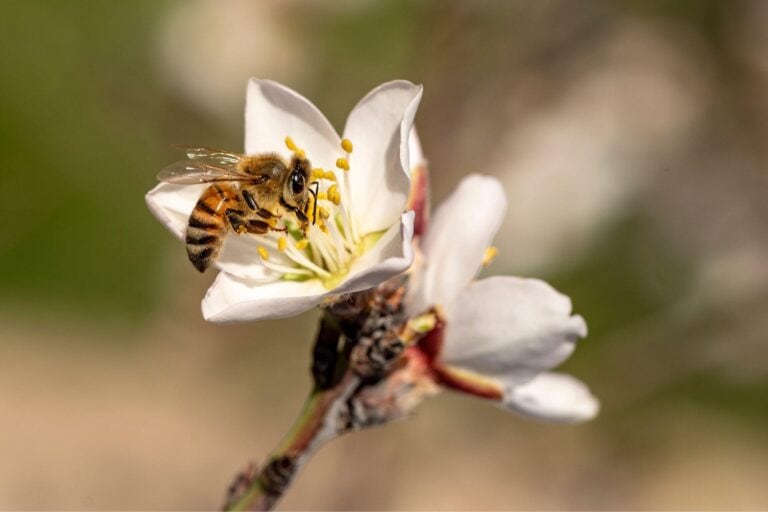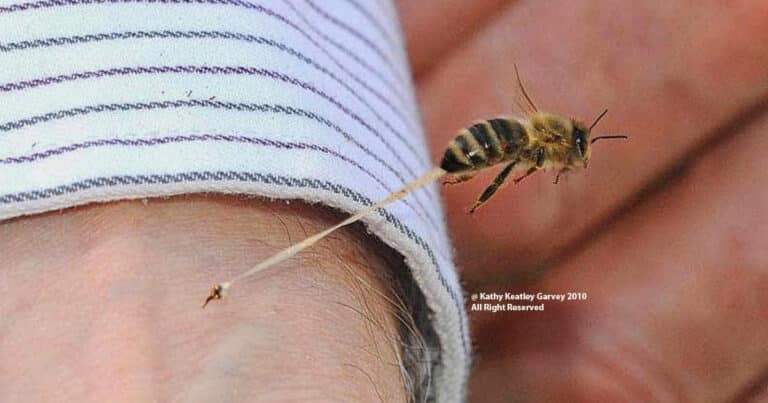Gynandromorphism and the Motherless Bee
Gynandromorphism and the Motherless Bee. This discussion centres around a rare genetic condition that is best recognised amongst organisms in which there is significant sexual…
Gynandromorphism and the Motherless Bee.
This discussion centres around a rare genetic condition that is best recognised amongst organisms in which there is significant sexual dimorphism (or obvious differences between the sexes), and has been known to occur in insects, arachnids, crustaceans, reptiles, birds and small mammals. A gynandromorph is simply an organism that possesses both male and female tissues (from the Greek gyne for female, aner for male, and morphe for form). The most striking examples present with bilateral symmetry, in which one side of the animal is male and the other female; such cases arise very early in the development of the embryo. A gynandromorph cardinal described in 2019 featured bright red male plumage on one side of its body and light brown female feathers on the other. This condition may also be axial, with the front part of the organism exhibiting a different gender to the rear; other specimens may exhibit more random mosaic patterns. A gynandromorph is distinguished from a hermaphrodite in that the latter has both male and female reproductive organs and can produce the two forms of sex cells, or gametes.
Gynandromorphism has been recorded in butterflies and moths since the eighteenth century, but recently a number of interesting examples have surfaced amongst bee species. In 2018, researchers discovered the first known example of a gynandromorph in the species Megalopta amoena, a member of family Halictidae, commonly referred to as the ‘sweat bees’ as they are often attracted to perspiration.
This tiny creature was collected as a larva from a forest in Panama. It emerged from pupation as a four-millimetre-long adult, whereupon microscopic examination confirmed that the left side of its body was distinctly male and the right side was patently female, covered with hairs to collect pollen, and featuring a larger, stronger mandible and a larger hind leg. The gynandromorph also exhibited abnormal foraging behaviour, waking earlier than other conspecifics.
Then in 2020, professional beekeeper Joseph Zgurzynski of Pennsylvania noticed a most unusual bee in one of his hives. Honey bees’ eyes are ordinarily black in colour, but this insect was impossible to miss, with large, creamy yellow eyes. Large eyes are characteristic of males, or drones, but the abdomen, stinger and wings of this animal were unmistakeably female. Experts later confirmed that in addition to having a rare genetic mutation that affects the pigment of the eyes and is likely to cause blindness, the bee in question was also a gynandromorph.
Back in 2018, researchers from the University of Sydney published the results of a study into not one but eleven gynandromorph honey bees isolated from a single colony. The bees were dissected to examine morphology, and their tissues were subjected to genetic analysis to determine heredity. A ’random mix’ of male and female organs was discovered; five of the gynandromorphs appeared to have normal (‘worker’) ovaries, while three had the larger ovaries typical of queens. One had normal male reproductive organs, and the remaining two were indeterminate. All but one of the unusual bees proved to have multiple (two, three, or even four) fathers, as well as a mother. Incredibly, the other bee, which looked rather like a normal female, had two fathers and no mother!
How is all of this possible? Well, unlike humans, who have paired chromosomes and inherit one set from both mother and father, bees, wasps, ants and some other animals use a haplodiploid system of sex-determination, in which females result from fertilised, diploid eggs with two sets of chromosomes, and males develop from unfertilised, haploid eggs with only one set of the genetic material. Since drones only possess one copy of each gene, when a rare mutation such as the creamy yellow eye colour is inherent, it is always expressed.
What about gynandromorphism and the possibility of more than two parents? Honey bee queens are promiscuous and practice polyandry, mating with a number of suitors. In extremely rare instances, their eggs may also be polyspermic, or fertilised by more that one sperm. If this occurs, the first sperm creates a diploid, and therefore female, zygote, while the second (and possibly subsequent) sperm begins its own haploid lineage, creating male cells within the same embryo. And the motherless bee? This can only be explained by the fusion of two sperm, an incredibly rare event resulting in a diploid zygote with the appearance of a typical female.
Although many gynandromorphs are likely to be infertile, this does not necessarily mean that they are merely freaks or genetic curios. Mutations drive the evolutionary process, and particularly amongst creatures like honey bees, in which there is strict division of labour by caste or gender, these half-male, half-female individuals may yet prove to be the forerunners not only for new forms, but also altered behaviour and social structure.


